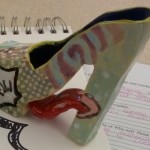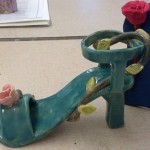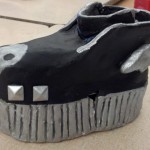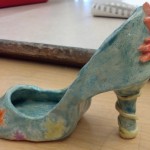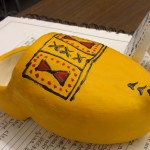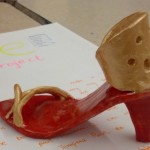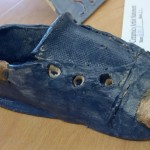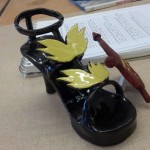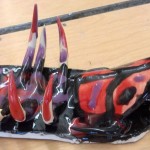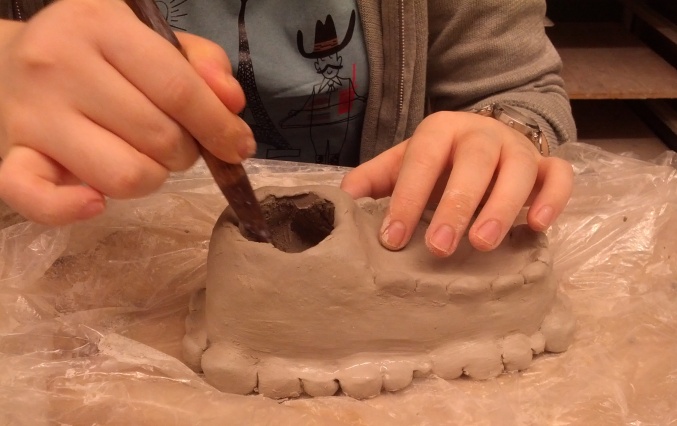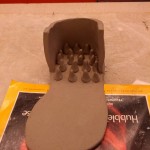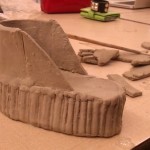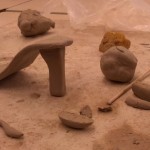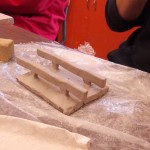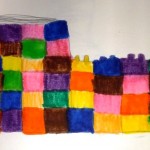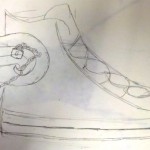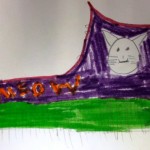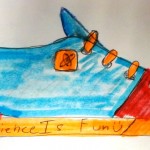Today I worked with the same TOC from yesterday. She was supremely helpful in the classroom. She stepped in when she could sense that the students were feeling restless or bored. I really appreciated her suggestions and her attentiveness to the class I taught. I knew that my teaching still needs work.
I taught a special needs art class this morning. The more that I work with them, the more fond of them I become. They are so sweet and genuine. I find it a refreshing change from regular students. The non-special needs students seem to be more capable of trickery while the special needs students tell you directly what is on their mind. They continued working on their pinata project from weeks ago. I’m surprised at the amount of time it takes for them to complete certain projects! I need to take this into account when I start my unit with them.
The second class I taught was the ceramics class. This class was filled with Grade 10s who enjoyed talking and not necessarily about the things we were learning about. I had a quick presentation on shoes and engaged them in group discussions about different types of shoes. They had to discuss the nature of the shoe and who could possibly wear them. They struggled with the more conceptual and abstract shoes because they were looking at shoes as if they were meant to be literally worn. I walked around to help them expand their range of thinking. Think about the type of shoe that is depicted, the way it’s made, how it’s shaped, the designs and colours. They weren’t used to thinking conceptually.
After the discussion activity was over, I had the students choose a number between 1-30. The number they chose would determine the type of shoe they would need to design and hand in at the end of class. Some of these shoes that they had to design include “raver shoes”, “a bad driver’s shoes”, “a librarian’s shoes”, and “a philosopher’s shoes”. When they started to work, I could see that they began to think conceptually. The group discussion we had I think, really helped prompt them to design their shoes. I don’t think that without this scaffolding, their shoe designs would be much more plain and literal. Although I did have one student who seemed rather eager to get started on the actual ceramic project, I feel confident that the presentations that I am doing will allow them to produce a richer and better art piece.



